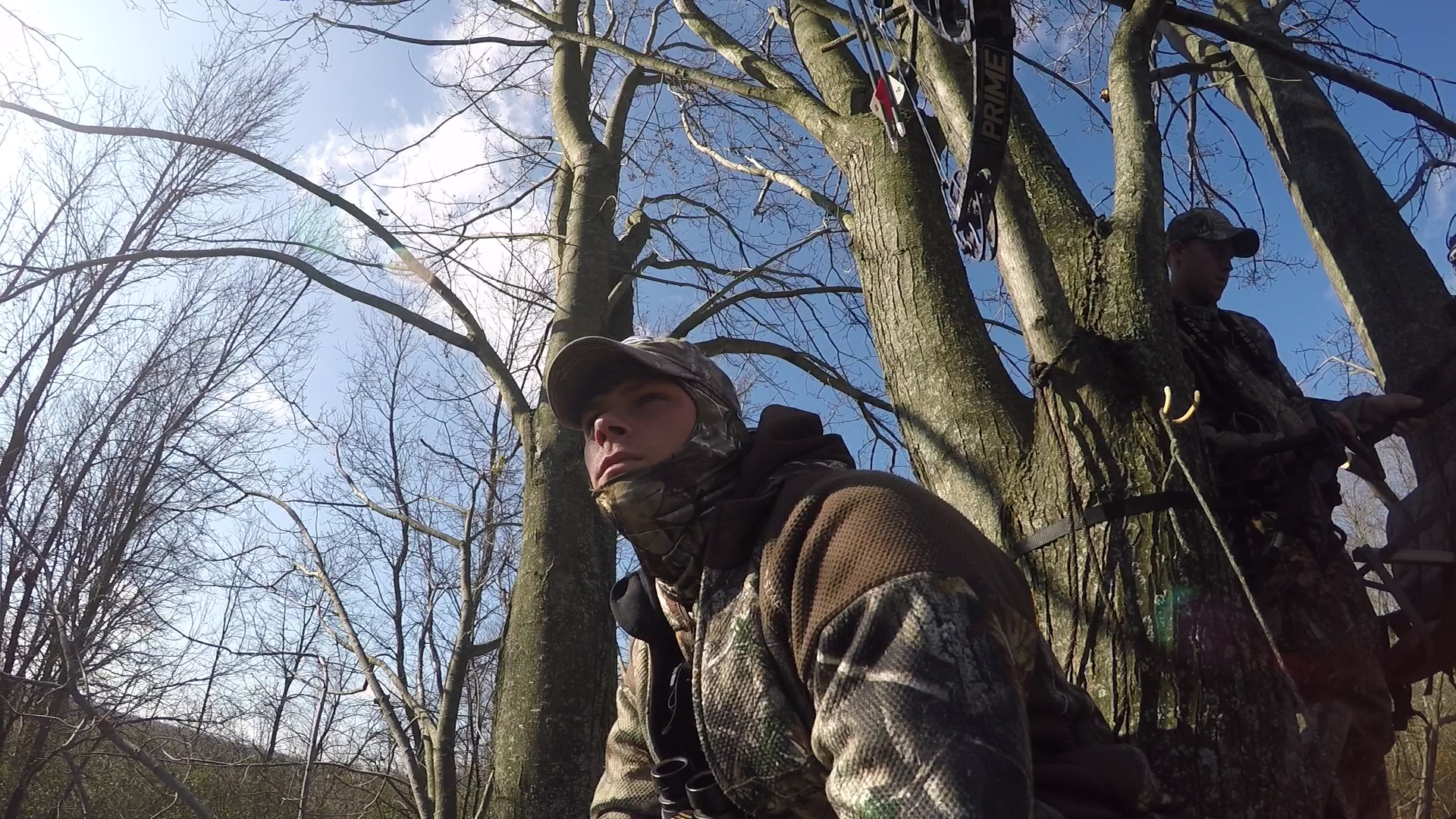Many of us hunters take time off of work to hunt the one thing we look forward to all year long – the whitetail rut. While some may be able to adjust their work schedules on a day by day basis, many of us have to pick which days we want off months in advance. Essentially taking a gamble that conditions will be right for a successful hunt.
Here are four things that can ruin your rutcation in a hurry…
1 – Unseasonably Warm Temperatures
An obvious factor as so many of us were forced to hunt the crazy warm temps of a normally unbelievable November week. This was my week of vacation and I’m sure I wasn’t the only frustrated hunter baking in a tree when, instead, I should be using hand warmers. Daytime buck activity was minimal, to say the least. Every deer we saw was within the first two hours or the last two hours of light. Not only that, but most of my productive rut stands are set up for a north or west wind, and it was nothing but south winds for five straight days. While daytime deer movement was slow, the bucks were still chasing does during the golden hours. If I could have switched my vacation to next week, I would have, but hindsight is 20/20, as I ended up tagging a mature buck in the 70 degree heat anyway! Ultimately, the warm temps left a lot of hunters frustrated and the deer moving at night, but the rut is still the rut and you can’t kill one from the couch.

The first week of November 2015 brought unseasonably warm temps across the country.
2 – Human Pressure
Human pressure is a huge factor when it comes to the amount of daytime deer activity even during the rut. Sure the bucks are “stupid” during this time of year, but they still trust their nose. We know from scientific studies that once a deer learns a smell, they never forget it. Human pressure equals human scent, which in turn equals nocturnal deer. Here’s a fun fact, a buck can smell an estrous doe from 425 yards or more, imagine how easily they can smell a human. This is why they move more at night in pressured areas…no human odors in the air.
While you can certainly catch one chasing in a pressured area, you’re better off removing yourself from human pressured woodlots as best you can and hunt where others aren’t contaminating your area.
3 – Poor Sex Ratios
A good buck to doe ratio of 1:2 or higher (1:1) means there will be tremendous competition for breeding rights, thus an intense rut can be expected. Once you start to get more than three does to every one buck, there’s not much competition as there are plenty of does to go around. Also, bucks don’t have to search far and wide to find that receptive doe, which means he won’t be cruising past your stands as much. The more equal the herd is, the more success you will have with calling tactics like rattling and grunting.
4 – Storms
Storms are not necessarily a bad thing (unless they last for days), in fact they are often dynamite triggers for deer movement. Things will be generally quiet during the storm itself, but you absolutely need to be in the stand before it hits and immediately after it lets up. Keep an eye on the radar and try to time it so that you are all set to go by the time the rain or snow lets up. A moving barometer means moving deer.







